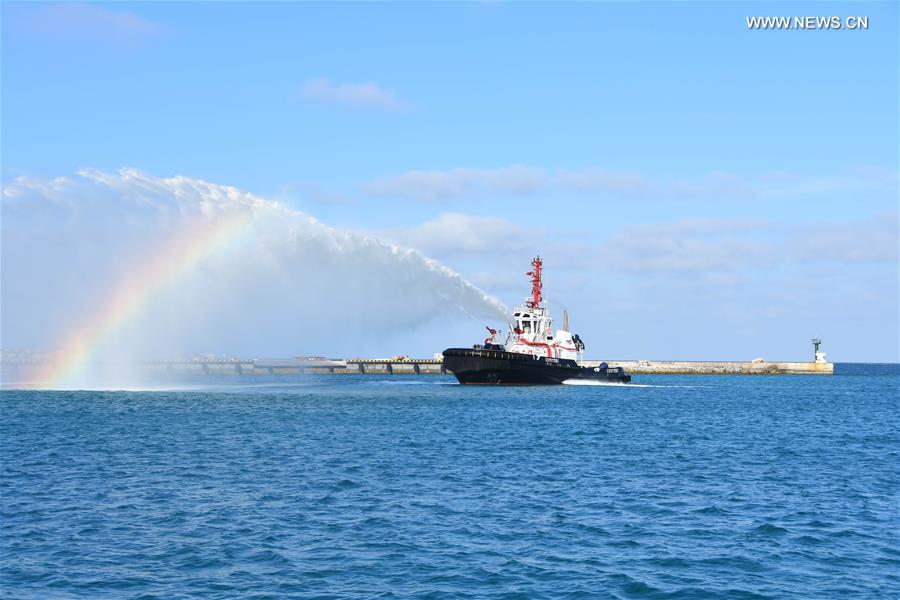New ship to serve in Sansha
A new ship completed its maiden voyage on Monday from Shanghai to China’s southernmost island city of Sansha where it will serve.
The 32-meter vessel weighs 498 tonnes. It has endurance of 45 days and is able to resist gales with speed of more than 60 kilometers per hour, according to its captain Yin Minzeng.
It was designed to help extinguish fires on the sea, tow vessels that lose power and assist law-enforcement vessels. In addition, it will provide supplies for islands of Sansha.
Sansha City was established in 2012 to administer islets and reefs in the Xisha, Zhongsha and Nansha islet groups as well as waters in this area.
